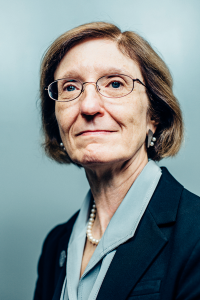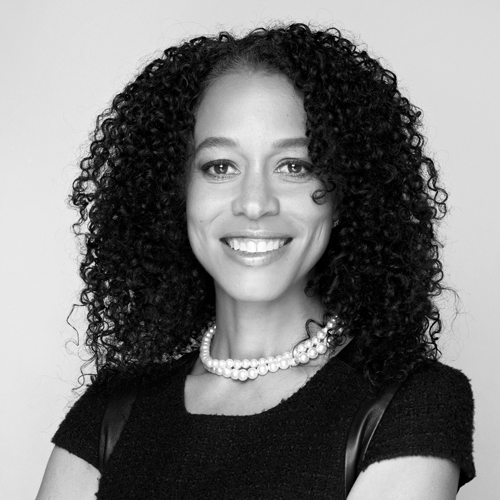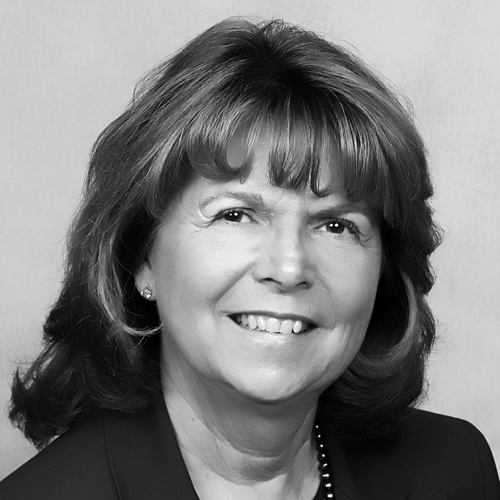
Three hundred and fifty people die from addiction-related issues every day.* It’s not a stat that Penny Mills, CEO and executive VP of the American Society of Addiction Medicine (ASAM), takes lightly.
In fact, every time she reads another study pointing at the gap between those seeking help for addiction and the availability of treatment, or an article detailing the complicated and often tragic struggle of addiction sufferers and their families, she adds it to her arsenal in the fight against America’s most significant public health issue.
“There are more and more scientific studies showing that addiction is a chronic brain disease, and there are effective treatments for patients,” says Mills. “But we are still dealing with the stigma of both the medical establishment and the public thinking that it’s a problem of will power. As Senator [Daniel] Moynihan said, ‘You’re entitled to your opinion, but you are not entitled to your own facts.’”
Addiction is a particularly important topic to Mills, not only professionally, but personally. Her son, who began struggling with depression at the age of ten, started to use marijuana, alcohol, and other substances throughout his adolescence. “It wasn’t until he had moved out of our home and then dropped out of school that he called and said he wanted help,” says Mills, who had been working with ASAM for about six months at that point. Her son didn’t want to consider a residential program, so Mills contacted an ASAM colleague, who evaluated him and got him admitted to an intensive outpatient program. “The treatment changed his relationship with using, and he recognizes that while it may have been fun to use, it wasn’t getting him anywhere,” she says. Today Mills’s son gets “wicked” high from fishing and is an award-winning barista.
“I want every parent, spouse, and family member to know who to call when their friend or family member is ready for treatment—and that when they are ready, they have access to quality care. That personal experience drives me every day.”
With that personal connection in mind, Mills works tirelessly with her members and multiple stakeholders in the government, in healthcare, and in the media, to ensure that patients suffering from addiction have reliable access to quality treatment. To accomplish this, ASAM’s plan is threefold: improve education for providers and specialists, create quality standards of care for addiction treatment, and ensure that treatments are covered by insurance and accessible for those seeking help.
“There are simply not enough trained providers,” Mills says, though the reasons behind that are quite complicated. Nurses and doctors don’t regularly learn about how to deal with and recognize addiction in their training. Additionally, those who might encounter patients battling addiction during an emergency-room rotation often don’t want to be involved with those patients because they see it as a fault of the patient instead of an actual medical issue.
Stat Sheet
Membership has grown from
2,600 to 3,700
under Mills
The number of education activities and programs has
quadrupled since
2011
Annual conference attendance has grown more than
50%
in the last four years
Net assets have grown from
3m
to more than
5m
since Mills took over as CEO
Another barrier to training professionals appropriately is that addiction medicine has not historically been recognized as a medical specialty, which has made it hard for physicians to get paid. In addition, payers only recently have been required to cover addiction benefits “at parity” with medical benefits, creating additional barriers to adequate compensation for treatment. All these issues are stacked against training enough providers to effectively manage America’s drug epidemic.
To battle the problem, ASAM has launched a major education initiative—The Fundamentals of Addiction Medicine—to ensure that providers are better trained to understand and treat addiction patients. The initiative has included developing a curriculum that is delivered through a live course, online trainings, and a collaboration with a telehealth learning program called Project ECHO.
“Training to improve the confidence and skills of primary-care physicians, nurses, and other health professionals who may encounter patients with addiction is important, since one out of five Americans have faced an addiction problem at least once in their lifetime,” Mills says.
In addition, ASAM spun off another organization, the American Board of Addiction Medicine (ABAM), to spearhead an initiative to see that addiction medicine is recognized as a medical specialty by the American Board of Medical Specialties (ABMS)—so that physicians who want to become addiction specialists will be recognized by health insurers, Medicaid, and other payers. ABAM is collaborating with the American Board of Preventive Medicine to include addiction medicine under the organization’s umbrella. “More academic medical centers are opening up to train doctors in addiction medicine,” Mills says. “Right now, it’s mostly privately funded, but we hope to see that change once it is officially recognized by ABMS.”
ASAM has also created national treatment guidelines on medications to treat addiction involving opioid use. These guidelines signify the first time all of the available medications have been addressed together in a single document, with additional focus on special populations such as pregnant women and adolescents. ASAM is also the leader in the development of patient placement criteria, also known as The ASAM Criteria, helping to match a patient’s severity to the appropriate treatment. “Research has validated that treatment at the wrong level of care can result in worse outcomes,” Mills says. “That’s why nationally recognized criteria are critical to ensure patients are getting the treatment they need in order to get better.”
The ASAM Criteria is required in more than 25 states for payment for publicly funded care, and many private payers use them as well. ASAM has also created an electronic version of The ASAM Criteria, which is being incorporated into electronic health records and will take the guidelines one step further to becoming a national standard. ASAM has also moved into the area of performance measures for the care delivered by addiction specialists so that treatments can be recognized and covered by payers such as Medicare and Medicaid. Mills is starting to see the impact of her work pay off, as illustrated by a huge growth in educational activities and increased annual-conference attendance.
Patients generally have little information to go on when they are evaluating treatment options. ASAM wants to ensure that people seeking help for addiction have a way to identify quality treatment. Other specialties, like diabetes care, offer guidelines and ratings for patients seeking help, and Mills is working on an initiative to create the same resources for addiction patients.
Another issue ASAM is tackling is the limited access to effective treatments to treat addiction involving opioid use, since there are significant dosage, access, legal, and regulatory constraints.
“In terms of practice issues, some very effective, evidence-based medications for addiction treatment, like buprenorphine, are highly regulated in contrast to the medications that can get patients addicted in the first place. To prescribe this medication, you have to be a certified addiction specialist or complete a mandatory eight-hour training course,” says Mills. “Once these requirements have been met, physicians can only treat thirty patients in their first year and then, if they apply, up to a maximum of 100 patients.”
She notes that there are no limits on the amount of oxycontin prescriptions a doctor can provide, and no specialized training course is needed to prescribe it. ASAM is supporting the TREAT Act, which is cosponsored by Senators Rand Paul and Edward Markey, along with a companion bill on the House side. Secretary of Health and Human Services Sylvia Burwell’s office is also revising the regulations on these prescribing limits, a direct result of ASAM’s advocacy efforts.
And yet, with all of that in the works, Mills still finds the time to leverage the media to fight the stigma against addiction patients. ASAM supported a march on Washington, DC, this past fall to raise awareness about the disease of addiction and to build a movement about this pressing public health issue. Her team also uses articles published in respected news outlets detailing the struggle of individuals and their families to get the attention of lawmakers and to change public opinion.
“The opioid epidemic is not just in the inner cities anymore,” Mills says. “It’s in the suburbs. It’s in rural areas. It’s in the middle class. It’s in every ethnic group. It’s everywhere.”
Battling such problems in America is a monumental task. But under Mills’s leadership, ASAM is doing everything in its power—addressing the media, governmental bodies, healthcare policy, and more—to ensure that it can mount an effective battle on behalf of patients and their families. Fixing the problem begins with addressing the stigma, and Mills won’t rest until it’s been eradicated once and for all. Not just because she’s the leader of ASAM, but because she’s a mother.
“I was lucky, as a parent, that I knew who to call,” she says of her own experience. “I want every parent, spouse, and family member to know who to call when their friend or family member is ready for treatment—and that when they are ready, they have access to quality care. That personal experience drives me every day. My son recently said that he feels guilty that his life affected the direction of my career. I told him that his life gives meaning to what I do every day—and I thank him for it.”
*Results from the 2013 National Survey on Drug Use and Health, conducted by the Substance Abuse and Mental Health Services Administration.

